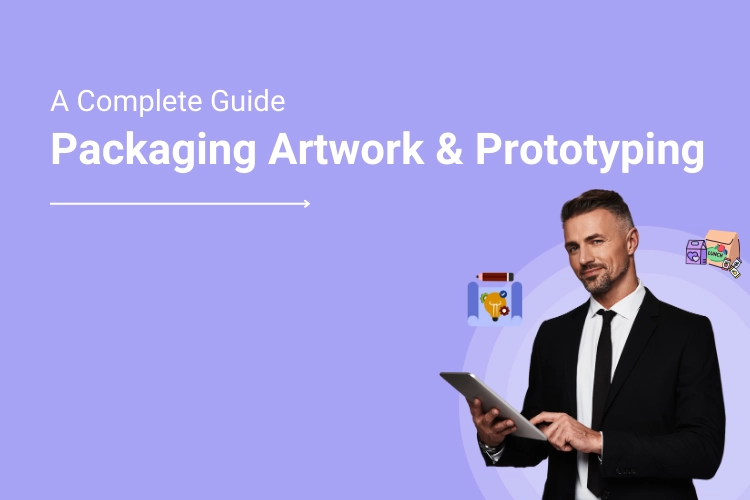The cosmetic industry is one of the toughest markets to compete in. With so many brands launching new products, packaging often decides which one catches a shopper’s eye. This puts extra pressure on cosmetic packaging designers to create labels and artwork that stand out while also meeting tight deadlines.
To make this process easier, many designers are now turning to smarter tools. Packaging design software, ready-to-use templates, and online collaboration platforms help speed up artwork creation and prototyping. This means fewer errors, faster approvals, and packaging that’s ready for production in less time.
In this guide, we’ll look at simple ways to streamline cosmetic packaging artwork and prototyping, so designers and brands can stay ahead in a fast-moving industry.
Table of Contents
The Journey of Cosmetic Packaging from Business Concept to Shelf
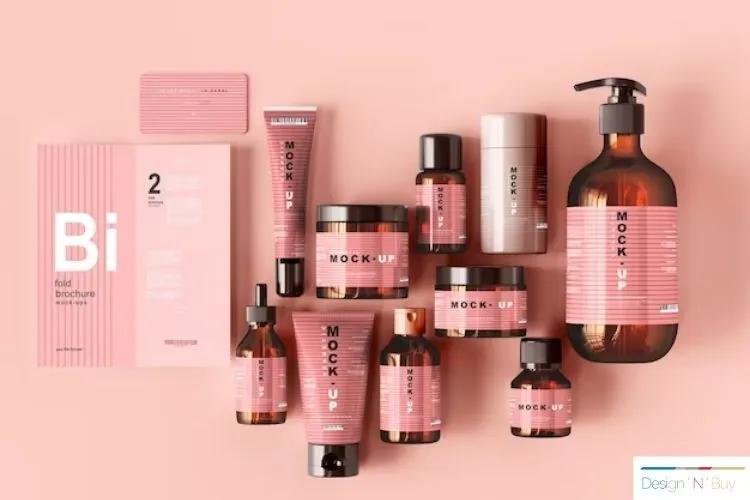
We all know how attractive cosmetic packaging is because it is the trump card for a cosmetic business to attract buyers. But as Rome was not built in a day, such a luring packaging design doesn’t just happen in a moment. The process of creating cosmetic packaging involves various stages, from conceptualization to the final product on store shelves.
Cosmetic packaging designers play a crucial role in streamlining artwork creation and prototyping to ensure that the packaging effectively represents the brand and appeals to consumers.
Let’s explore the journey of cosmetic packaging, step by step:
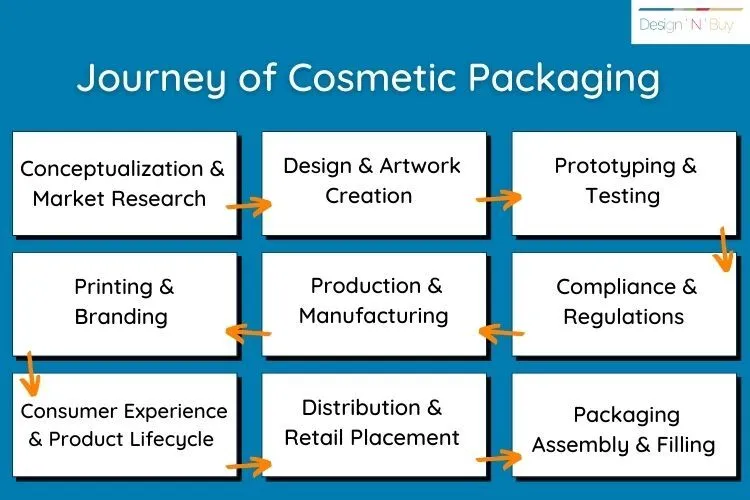
Conceptualization and Market Research
The journey begins with the conceptualization of a cosmetic product and its packaging which also involves conducting market research to identify consumer preferences, market trends, and competitors’ packaging strategies. Understanding the target audience and their needs helps in shaping the packaging concept.
Design and Artwork Creation
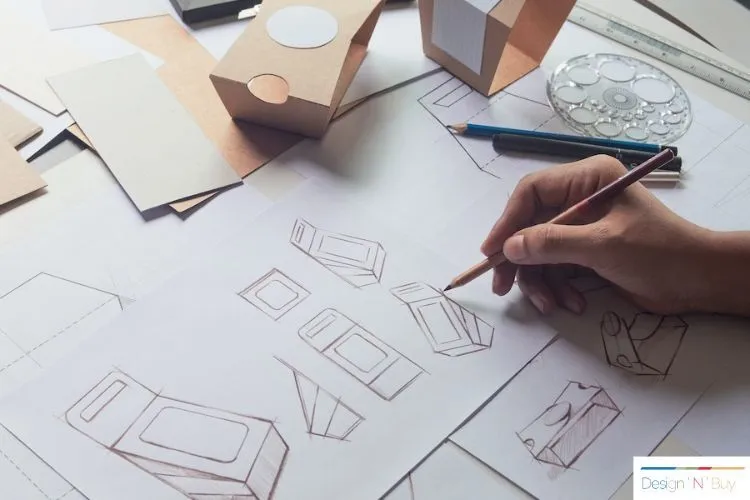
Once the packaging concept is defined, cosmetic packaging designers come into play. They work on translating the concept into visually appealing and functional packaging designs.
Cosmetic packaging designers create artwork that reflects the brand identity, communicates product features, and captures the attention of potential customers.
They may utilize packaging design software and customizable templates to streamline the design process.
Prototyping and Testing
After the initial design phase, prototypes of the cosmetic packaging are created. These prototypes provide a tangible representation of the packaging design, allowing for testing and refinement. Testing involves evaluating factors such as usability, functionality, durability, and aesthetic appeal. Feedback from stakeholders, including focus groups and industry experts, helps in improving the packaging design further.
Compliance and Regulations
Cosmetic packaging must comply with various regulations and standards, ensuring product safety and consumer protection.
Designers and manufacturers must consider factors such as ingredient labeling requirements, packaging materials restrictions, and sustainability considerations. Adhering to these regulations ensures that the packaging meets legal and industry standards.
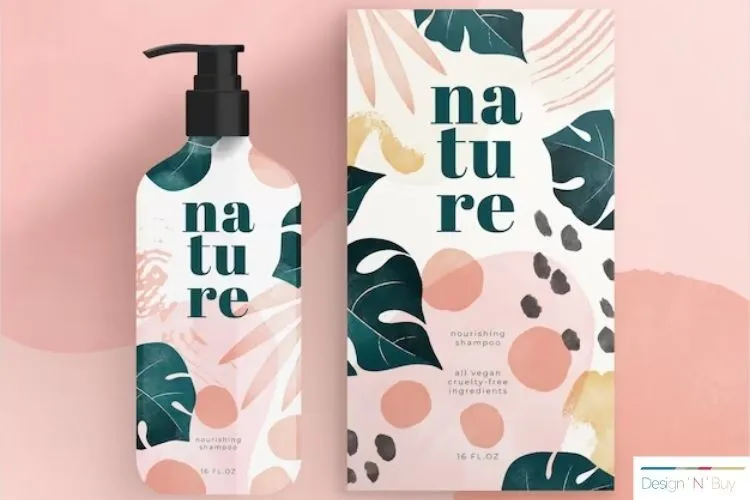
Production and Manufacturing
Once the packaging design and compliance requirements are finalized, the production phase begins. Manufacturers produce cosmetic packaging at scale, using specialized equipment and processes. They ensure quality control, consistency, and efficient production timelines to meet market demand.
Printing and Branding
Printing plays a vital role in cosmetic packaging, as it adds branding elements, product information, and visual appeal. Printing techniques like offset, digital printing, or screen printing are employed to achieve desired results. Branding elements such as logos, color schemes, and typography are incorporated to reinforce brand identity and attract consumers.
Packaging Assembly and Filling
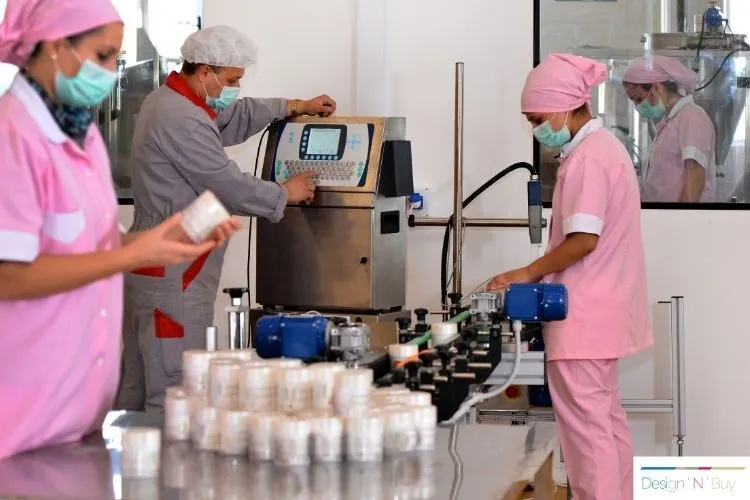
Once the packaging components are printed and ready, they are assembled and filled with the cosmetic product. This involves integrating various elements like bottles, jars, tubes, caps, labels, and inserts. Attention is given to ensuring product integrity, functionality, and ease of use. Packaging assembly and filling may be done manually or using automated systems, depending on the production scale.
Distribution and Retail Placement
After the cosmetic products are packaged, they are ready for distribution. Packaging plays a crucial role in protecting the product during transportation, ensuring its safety and integrity. The packaged products are shipped to distribution centers, retail stores, or directly to customers. Strategic placement of the products on store shelves or online platforms is essential for attracting consumer attention and driving sales.
Consumer Experience and Product Lifecycle
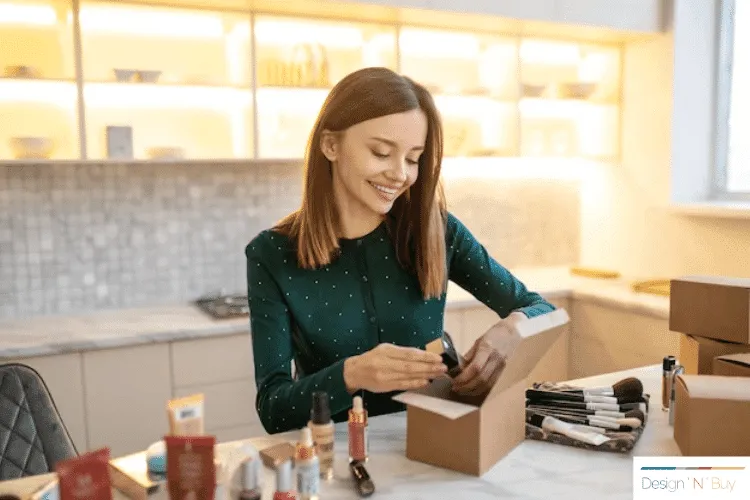
Once cosmetic packaging reaches the shelves, it becomes an integral part of the consumer experience. Consumers interact with the packaging, assessing its design, functionality, and appeal. The packaging contributes to the overall perception of the product and influences purchasing decisions. Throughout the product lifecycle, packaging may undergo updates, redesigns, or variations to stay relevant and meet evolving consumer preferences.
In conclusion, the journey of cosmetic packaging from business concept to shelf involves multiple stages, including conceptualization, design, prototyping, compliance, production, printing, assembly, distribution, and consumer experience. Each step requires careful attention to detail, creativity, and strategic thinking to create packaging that stands out in the competitive cosmetic industry and resonates with consumers.
The Importance of Product Packaging Design in the Cosmetic Industry
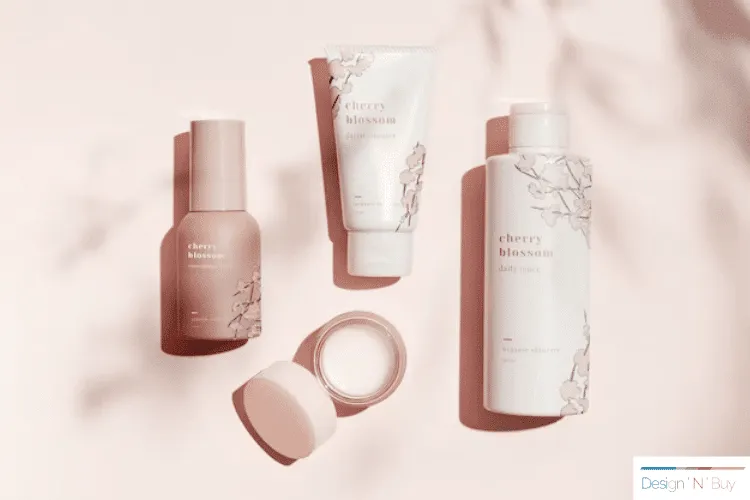
In cosmetics, packaging is more than a container — it’s the first interaction a customer has with a brand. A well-designed package not only attracts attention but also builds trust, communicates values, and protects the product.
1. Building a Strong Brand Identity
- Packaging works like a brand’s ID card. Colors, typography, and logos all send signals about quality and style.
- When done right, packaging creates recognition, consistency, and a lasting impression, helping brands stand out in crowded retail shelves and online marketplaces.
2. Communicating Information Clearly
- Today’s consumers want transparency. Labels that show ingredients, usage instructions, benefits, and safety warnings make buying decisions easier.
- Clear, easy-to-read information reduces hesitation and builds customer confidence.
3. Protecting Product Integrity
- Cosmetic products are sensitive to light, moisture, and contamination. Packaging design must ensure safety, durability, and ease of use.
- Features like secure closures, proper labeling, and protective materials safeguard both the product and the consumer.
By investing in thoughtful packaging design, cosmetic brands gain more than visual appeal, they create loyalty, strengthen their competitive edge, and deliver a better customer experience.
▶️ Streamline your design and prototyping process with our Packaging design software — Book a demo 💻
Role of Packaging Artwork Creation & Branding in Cosmetic Packaging Design
With so many cosmetic products launching every day, the competition is becoming tougher and to stand out in the competition, one has to be unique in some way. While products can almost be the same, packaging is an area where brands can showcase their uniqueness. Therefore, online packaging designers today are focusing more on artwork creation and branding which are of paramount importance for several reasons:
1. Brand Identity
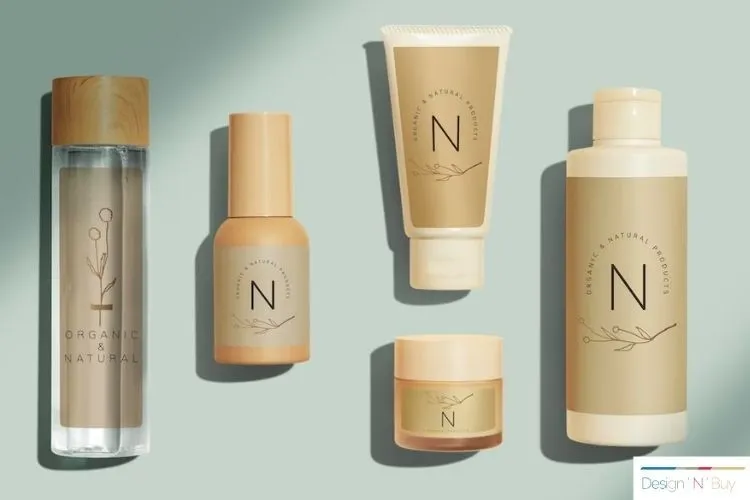
Artwork plays a crucial role in establishing a brand’s identity and creating a recognizable image in the market. Consistent and well-executed artwork across different cosmetic packaging reinforces brand recognition, builds trust among consumers, and fosters brand loyalty.
2. Consumer Appeal
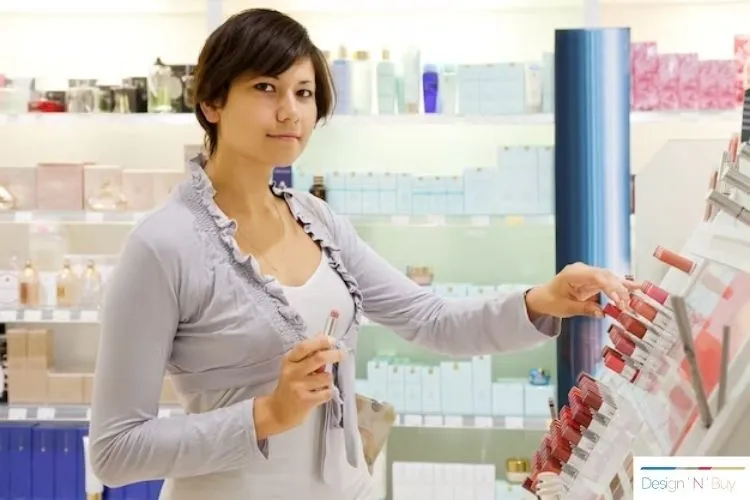
Artwork directly influences consumer perception and purchase decisions. Eye-catching and visually appealing designs attract attention, engage consumers, and differentiate products from competitors. Compelling artwork can convey the brand’s personality, evoke emotions, and resonate with the target audience, leading to increased sales and market share.
3. Product Differentiation
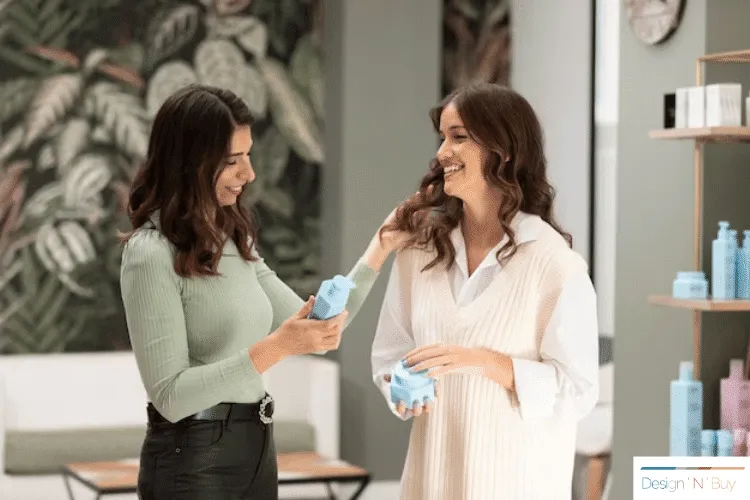
In a crowded cosmetic market, effective artwork helps products stand out and differentiate themselves from the competition. Unique and innovative designs capture consumers’ interest and curiosity, making them more likely to explore and choose a particular product over others. Artwork can communicate product features, benefits, and positioning, giving brands a competitive edge.
4. Shelf Impact

Cosmetic products are often displayed on retail shelves, and compelling artwork is essential for grabbing attention in this competitive environment.
Clear and concise labeling, impactful graphics, and relevant imagery make it easier for consumers to identify and understand the product, leading to better sales performance.
How Packaging Design Software Speeds Packaging Artwork Creation and Packaging Prototyping for Easy Printing
Packaging design software, a digital solution that enables users to create, customize, and order printed materials through an online platform, has revolutionized the artwork creation and prototyping process for packaging printers, making it easier and more efficient.
Here is an overview of how packaging design software speeds packaging artwork creation and packaging prototyping for Easy printing.:
1. Customizable templates and design assets
2. Template libraries for different packaging types
3. Real-time collaboration and feedback
4. Automation of repetitive design tasks
5. Version control and approval workflows
6. Print ready File formats
7. Customization options for artwork elements
8. 3D Preview for realistic package visualization
9. Simulating lighting effects, textures, and material finishes
10. Incorporating embellishments into packaging prototypes
11. Creating mockups
Customizable templates and design assets
Web-to-Print platforms provide a wide range of customizable templates and design assets specifically tailored for packaging. Designers can easily select a template that matches the packaging requirements and customize it with their client’s branding elements, text, images, and other design elements.
Template libraries for different size and packaging types
Packaging design software often provides extensive template libraries for various packaging types, including boxes and their different types, labels, bags, and more. These pre-designed templates can be customized to meet specific client requirements, saving time and effort in creating packaging designs from scratch.
Real-time collaboration and feedback
Web-to-Print tools enable real-time collaboration between printers, designers, and clients. They can share design drafts, receive feedback, and make necessary revisions collaboratively, eliminating the need for back-and-forth communication and saving time.
Automation of repetitive design tasks
It automates repetitive design tasks, such as resizing artwork for different packaging sizes or formats. This automation streamlines the process, reduces errors, and speeds up production.
Version control and approval workflows
Web-to-Pack solution offer version control features, allowing printers to keep track of different artwork versions and manage the approval process effectively. This ensures that the correct artwork is used and approved before moving forward with production.
Print ready File formats
Web-to-Print systems support a wide range of file formats, hence providing print ready files in required format.
Customization options for artwork elements

Users can easily customize various artwork elements, such as colors, fonts, images, and graphics, through the web-to-print interface. This flexibility allows for personalized and unique packaging designs.
3D Preview for realistic package visualization
Web-to-print design editor provide 3D previews, enabling printers to visualize packaging designs in a realistic 3D format. It helps users preview the final product and make informed decisions during the design phase.
Simulating lighting effects, textures, and material finishes
Web-to-Print tools may offer features to simulate lighting effects, textures, and material finishes on packaging designs. It allows printers to visualize how different lighting conditions or material choices will impact the final appearance of the package.
Incorporating embellishments into packaging prototypes
Web-to-Print solutions often provide options to incorporate various embellishments, such as foiling, embossing, spot UV, or special coatings, into packaging prototypes which helps printers and clients visualize the final product with all the desired enhancements.
Creating mockups
Web-to-Print platforms enable the creation of realistic packaging mockups, which can be generated based on the customized design and previewed before production. Mockups provide a tangible representation of the final package, allowing printers and clients to assess its visual appeal and make the necessary adjustments.
Streamline Packaging Artwork and packaging Prototyping with Web-To-Pack Solution
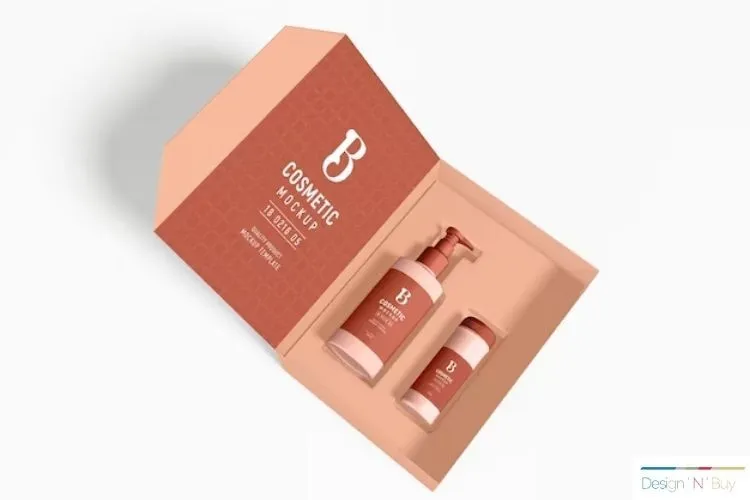
Although a lot of web-to-print solution providers have emerged in the past few years, DesignNBuy is, was, and is still known to be the best in its field because of the constant dedication and innovation it gives to any of its work.
Design’N’Buy understands the importance of each step including ideation, graphic design, prototyping, and production of cosmetic packaging. Thus, by providing a user-friendly platform with customizable templates, real-time collaboration, and automation features, Design’N’Buy enables online packaging designers and printers to bring their creative concepts to life.
Embracing technology and utilizing online web-to-pack solutions is a key step toward success in the industry, and by choosing Design’N’Buy which has the best software for packaging design to date, as their comprehensive solution for artwork creation and prototyping; packaging printers can streamline their processes, improve efficiency, and stay competitive in the dynamic world of cosmetic packaging design.
Streamline your packaging workflow
Streamline your design and prototyping process with our packaging design software
More for You:
- Top 8 Print MIS Software in 2025.
- Top 10 Wholesale Promotional Product Suppliers in the United States.
- 9 Best Screen Printing Machines of 2025.
- Top 5 Print Estimating Software.
- The Best Large Format Printers of 2025.
- The Top 10 DTG Printers (Direct-To-Garment) With Prices.
*This Post has been updated in August 2025.

